Abstract
The analysis reported here was the latest in a series of efforts to clarify the relative importance of the health system and of socioeconomic factors to a nation's general level of health. The study has also quantified national and regional deviations from the general pattern as a basis for selective investigation of the effects of planned interventions.
The analysis was unusually comprehensive in that it included 131 WHO Member States. As in a number of other studies, socioeconomic factors were found to account for much of the national variation in life expectancy. Inclusion of health resource variables added a special lagged effect which ultimately accounted for 90% of life expectancy variation. Evidence was also obtained that socioeconomic factors may operate partially through the development of health resources. It appears, therefore, that though socioeconomic factors are necessarily linked to health improvement, they are not sufficient in the absence of corresponding development of a viable health services infrastructure.
Residual deviations from the general pattern varied systematically by WHO region in 30% of the cases. Most notably, in the African Region the number of physicians is well below even the modest level expected on the basis of the socioeconomic situation in the region. There is, however, considerable variation within individual countries, and it was not possible to find any significant relationship between the WHO manpower development programme and the national health resource parameters. It is therefore concluded that statistical analysis is of limited applicability in this field.
Full text
PDF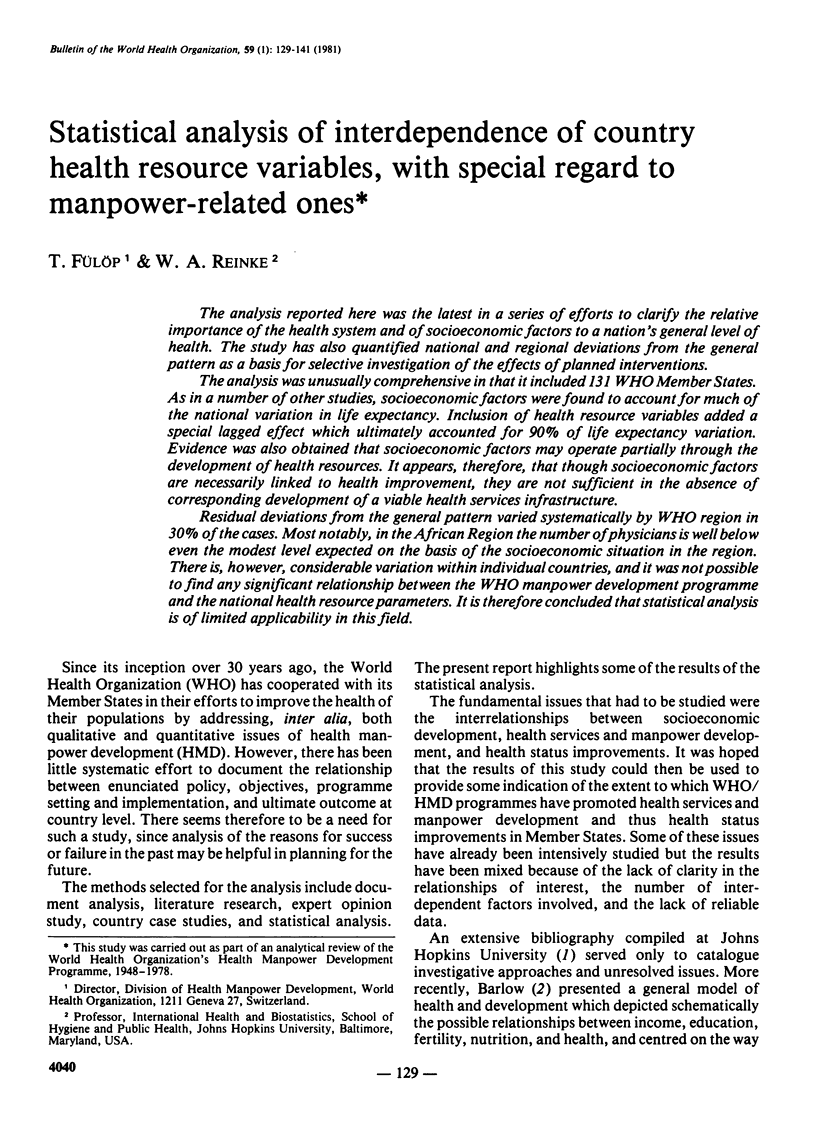
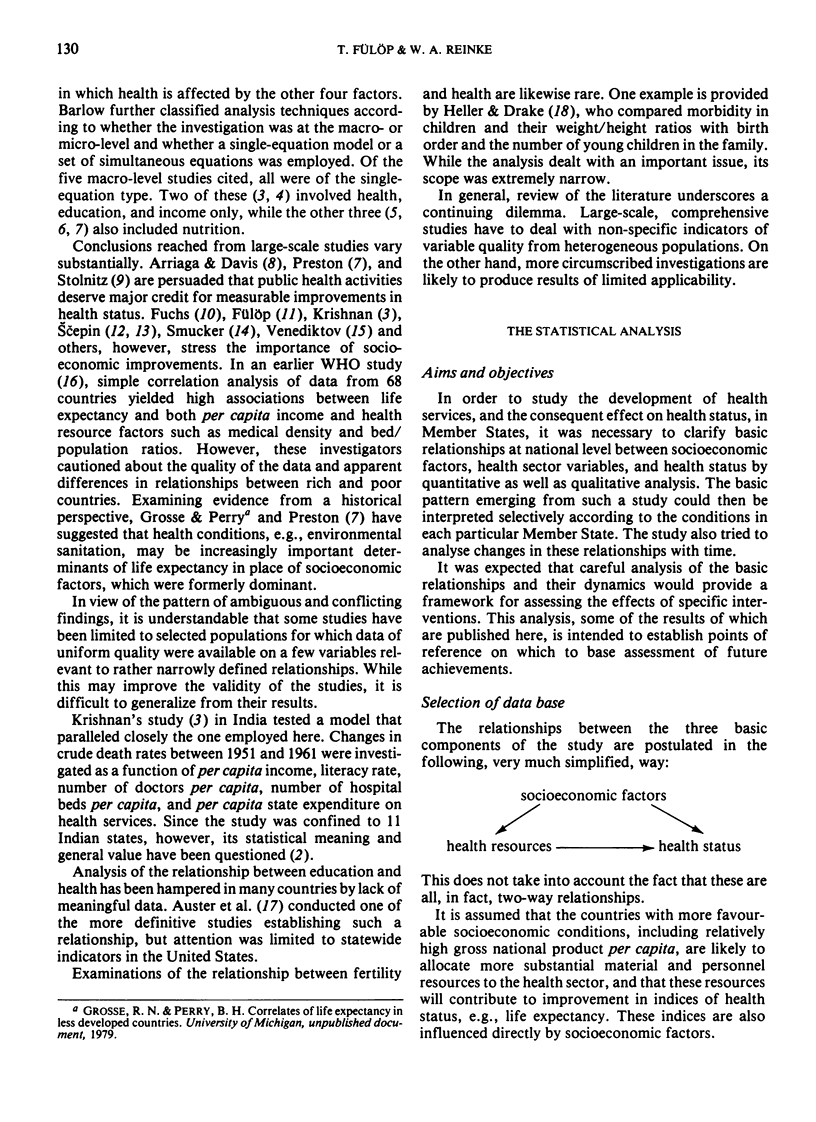
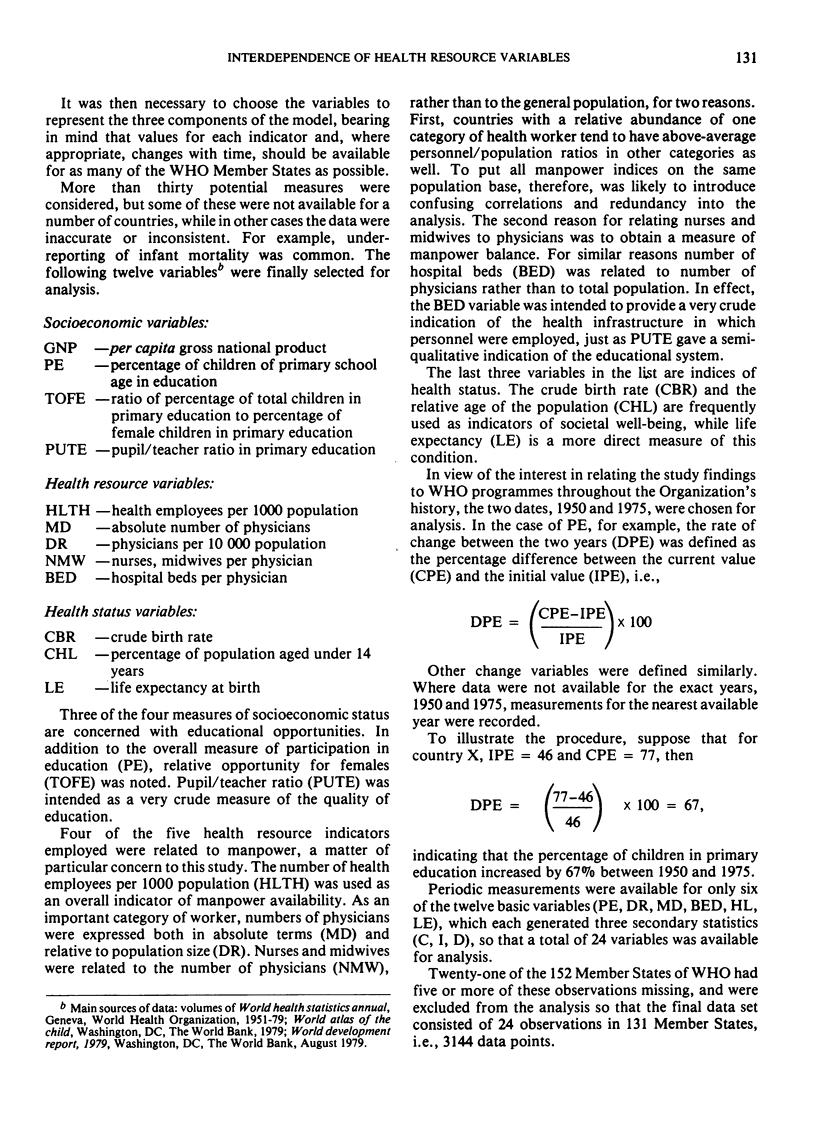


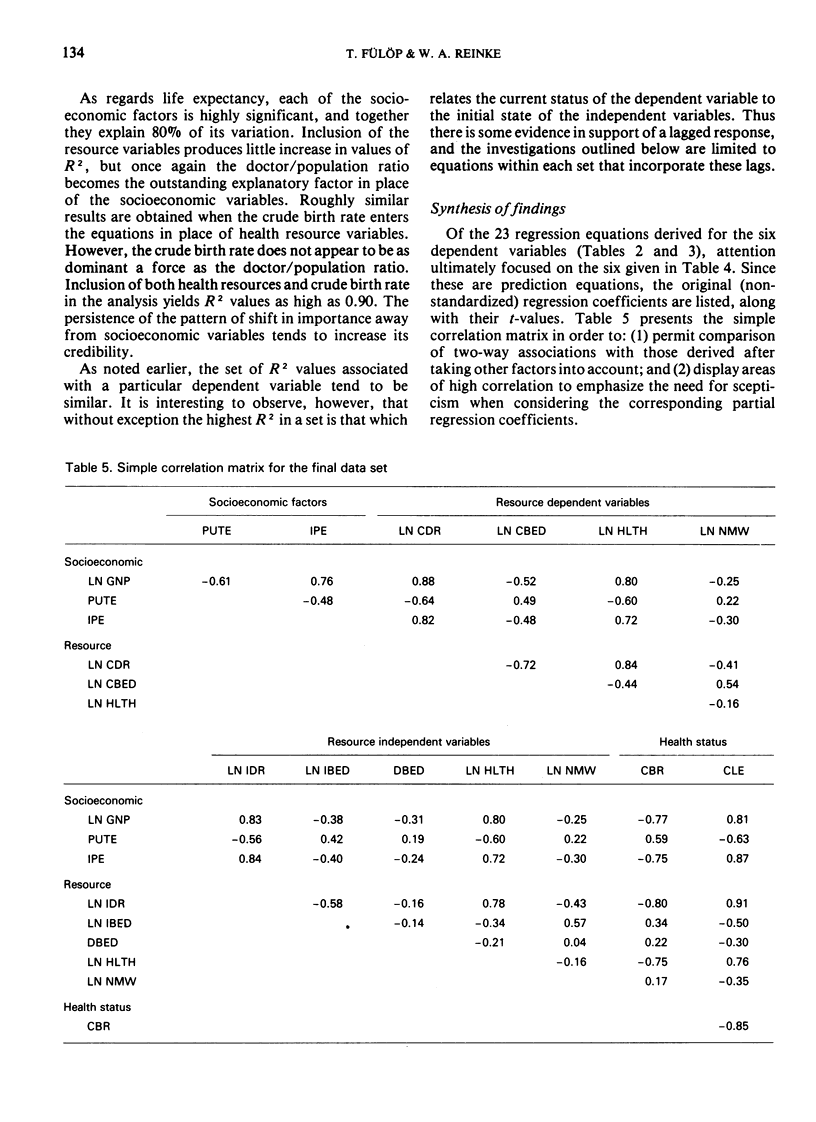


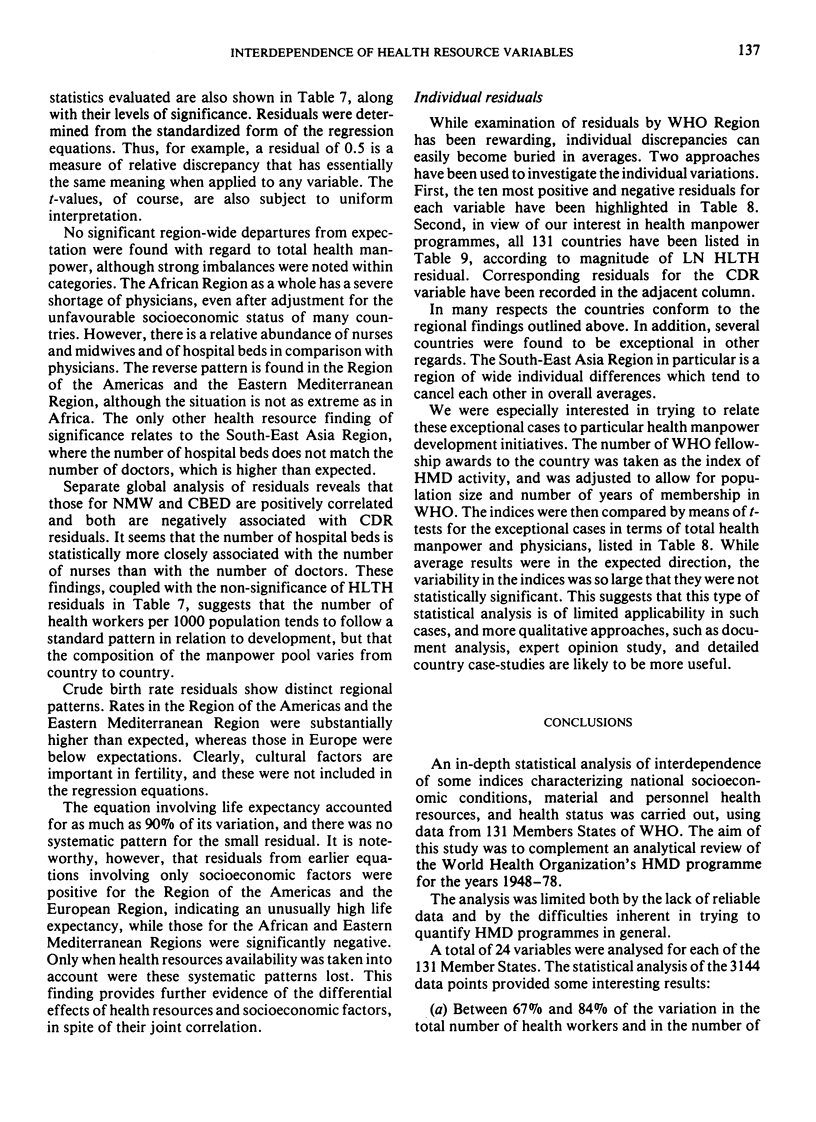
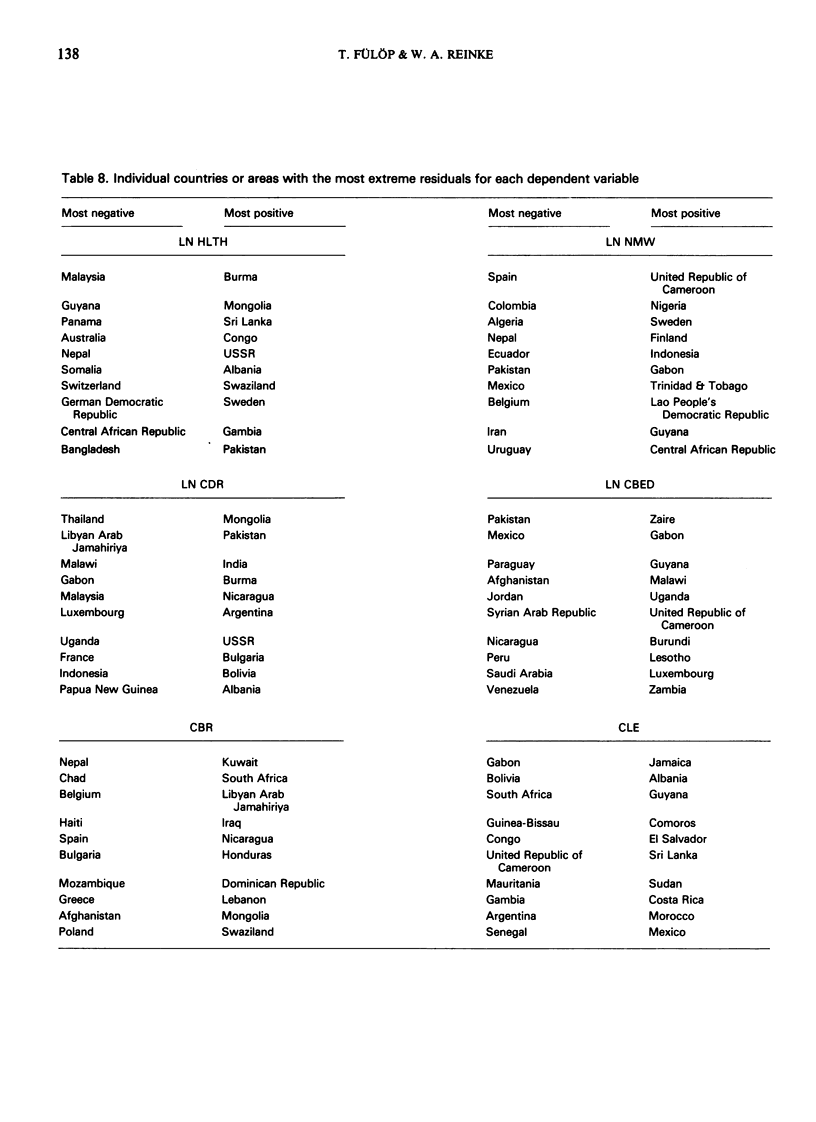



Selected References
These references are in PubMed. This may not be the complete list of references from this article.
- Gilliand P., Galland R. Outline on international comparison of public health, based on data collected by the World Health Organization. World Health Stat Rep. 1977;30(3):227–242. [PubMed] [Google Scholar]


